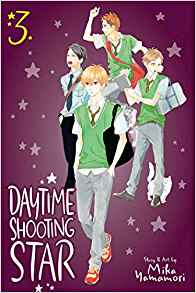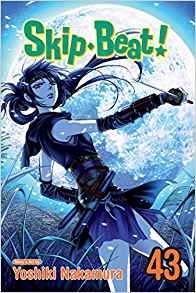Yona of the Dawn Volume 21 by Mizuho Kusanagi
This is the last volume of the Sei story arc, and it has plenty of action interspersed with great quiet moments where bonds between the characters are affirmed. Everyone joins together to rescue Riri, leading to some surprising alliances. One of the highlights for me was seeing Hak’s reunion with the Wind Tribe, especially his adoptive grandfather Mundok. As Zeno and Jaeha search for Yona and find her cornered in the woods by enemy soldiers, Zeno comes to the rescue by literally dropping out of the sky to defend her. Su-Won is also inspecting the area and getting a full picture of the atrocities being committed. Riri shows her strength of character by being defiant even as the evil Lord Kushibi orders her execution. The attack begins as Su-Won’s group and Yona’s companions both stage parallel rescue missions, and the old bond between Su-Won and Hak is reactivated as they are able to wordlessly communicate across the battlefield in support of a single objective.
Kusanagi’s skills with drawing action are particularly showcased in this volume, as the dynamic paneling for the action scenes ramps up the tension of the battle, with pauses that highlight the emotional stakes for everything that Yona and her friends are fighting for. I also appreciated all the battlefield banter between enemies as Hak and Guen-Tae get snarky with each other. As Kushibi realizes the full extent of his hubris, a shadow is cast over his face that mirrors the dark tones used in portraying the body count of the fight. As everyone recovers from the battle, Zeno has a hilariously off-kilter encounter with Su-Won, and Yona and Hak have a random encounter in the middle of the night that is equal parts hilarious and touching. As always, this was an extremely satisfying volume of Yona of the Dawn. It sets such a high standard, it almost seems impossible for it to keep getting better with each volume, but it does.





Recent Comments